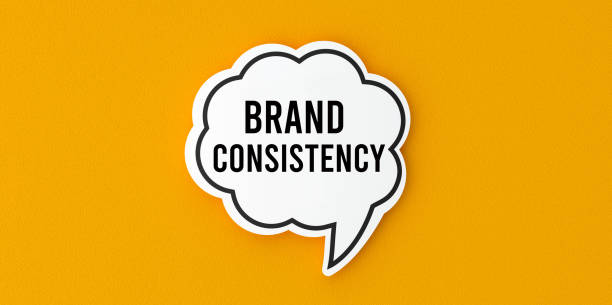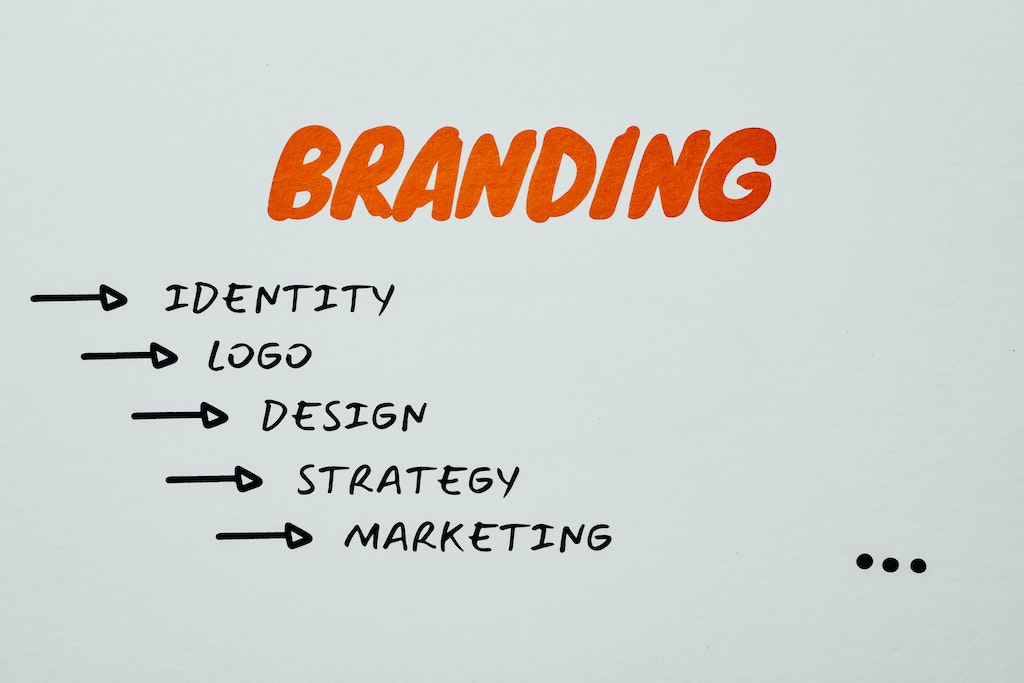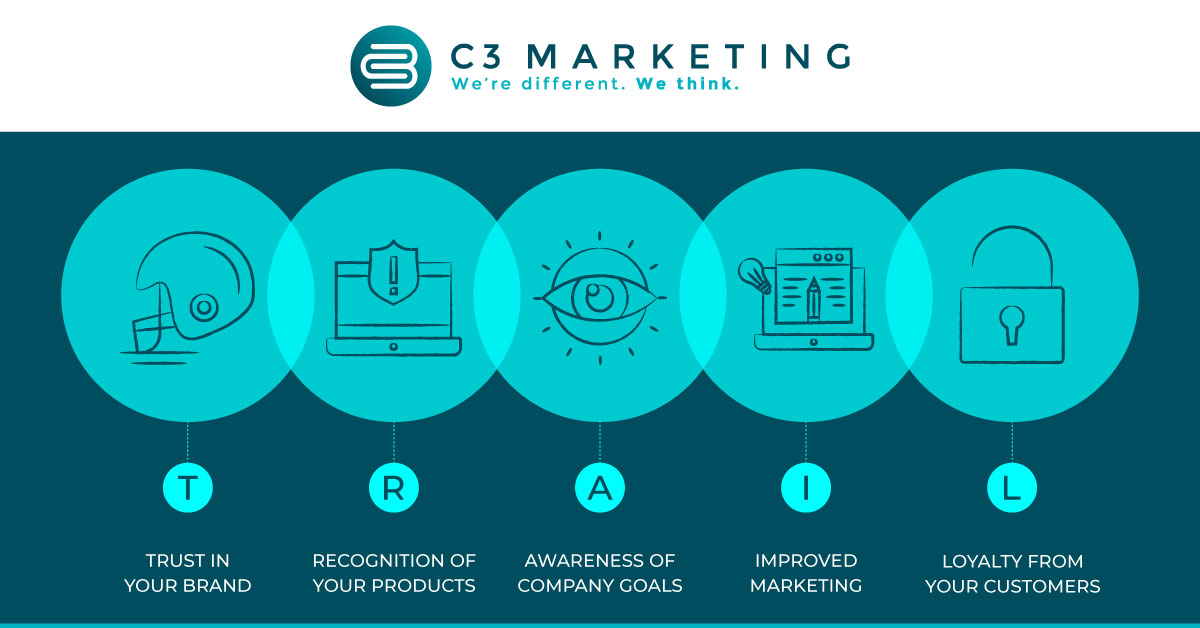Why Consistency Is Key in Corporate Identity

Corporate identity is the visual and conceptual representation of a company’s brand. It encompasses logos, color schemes, typography, messaging, and overall design style. Consistency in corporate identity is crucial because it builds brand recognition, trust, and loyalty among customers and stakeholders.
What is Corporate Identity?

Corporate identity refers to the unique combination of visual elements and communication styles that distinguish a company from its competitors. It includes:
- Logo: The primary symbol representing the brand.
- Color Palette: Specific colors that evoke the brand’s personality.
- Typography: Fonts and styles used in all communications.
- Imagery: Photographs, illustrations, and graphics aligned with the brand’s tone.
- Tone of Voice: The style and personality conveyed through written and spoken communication.
Why Consistency Matters

Consistency ensures that every touchpoint a customer has with a brand feels familiar and reliable. Here are key reasons why consistency is vital:
| Benefit | Explanation |
|---|---|
| Brand Recognition | Repeated exposure to consistent visuals and messaging makes the brand memorable. |
| Trust Building | Consistent branding signals professionalism and reliability. |
| Customer Loyalty | Familiarity fosters emotional connections, encouraging repeat business. |
| Competitive Advantage | A cohesive identity differentiates a company in a crowded marketplace. |
How to Maintain Consistency

Maintaining consistency requires strategic planning and ongoing management:
- Develop Brand Guidelines: Document all elements of the corporate identity, including logo usage, color codes, typography, and tone of voice.
- Train Employees: Ensure everyone understands and applies the brand standards.
- Use Templates: Create templates for presentations, emails, and marketing materials.
- Regular Audits: Periodically review all brand materials to ensure alignment.
Common Challenges
- Multiple Departments: Different teams may interpret brand guidelines differently.
- Rapid Growth: Expanding companies may struggle to keep branding consistent across new markets.
- Digital vs. Print: Variations in color and design can occur between mediums.
FAQ
Q1: How often should brand guidelines be updated?
A1: Brand guidelines should be reviewed annually or whenever there is a significant change in company strategy or market positioning.
Q2: Can consistency limit creativity?
A2: While guidelines set boundaries, they also provide a framework within which creativity can flourish, ensuring innovation aligns with brand identity.
Q3: What tools help maintain brand consistency?
A3: Digital asset management systems, style guides, and collaboration platforms help teams stay aligned.
Consistency in corporate identity is not just about aesthetics; it’s a strategic asset that strengthens brand equity and drives business success. By committing to consistent branding, companies can create lasting impressions and build meaningful relationships with their audience.
